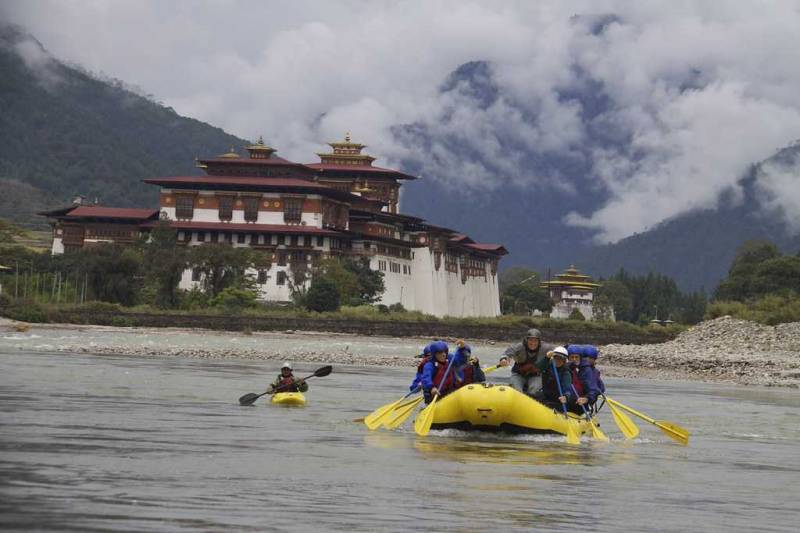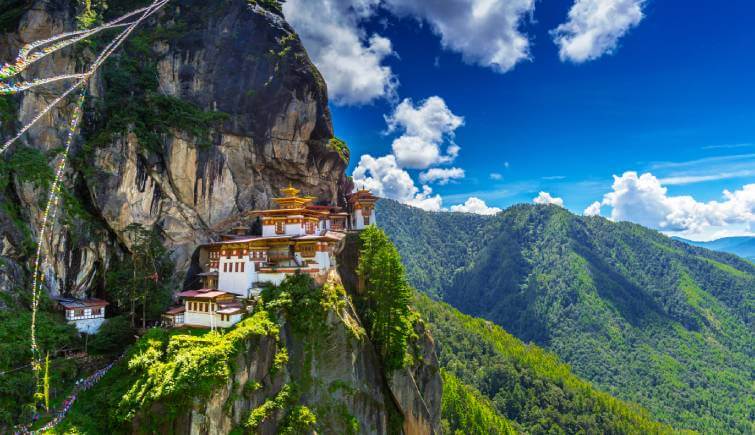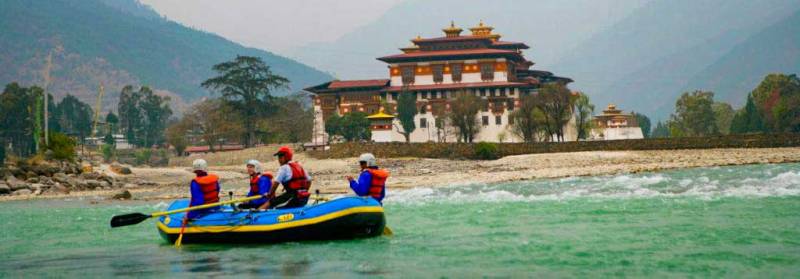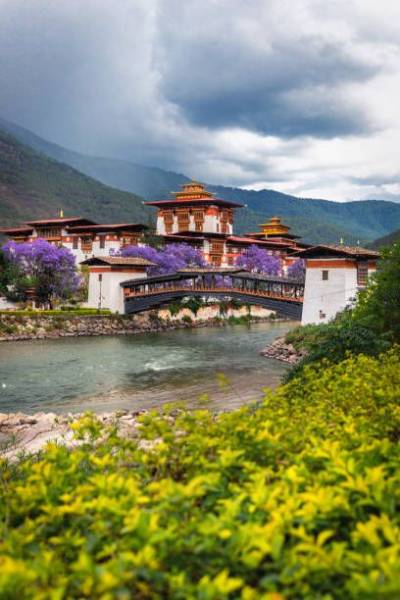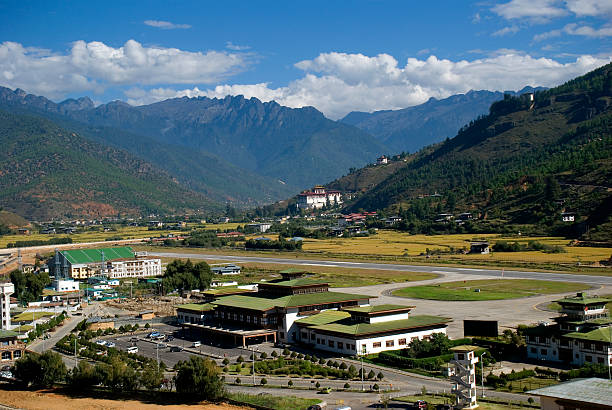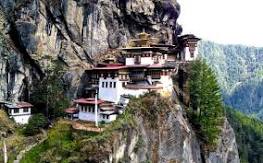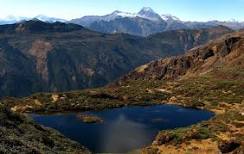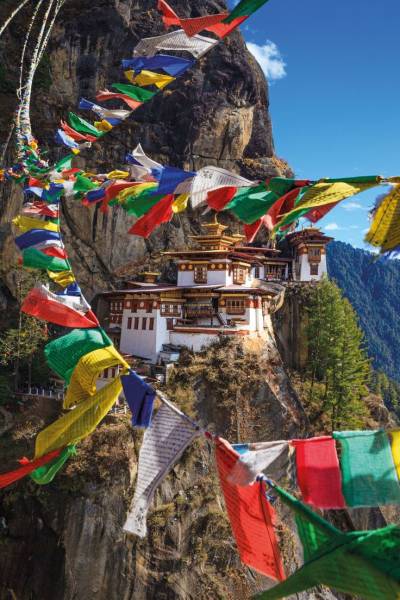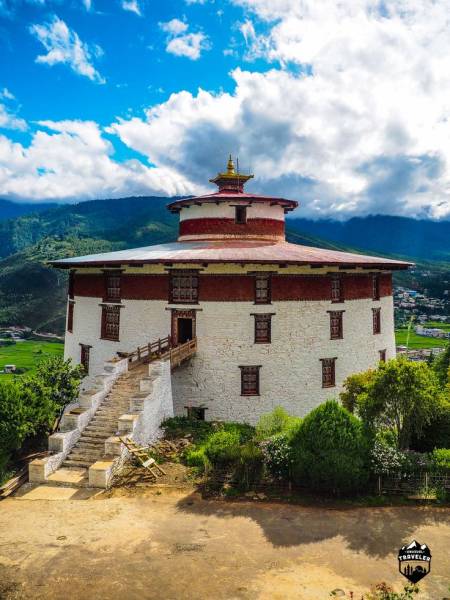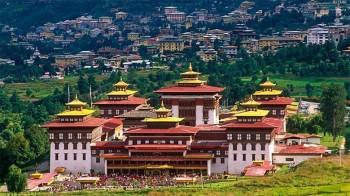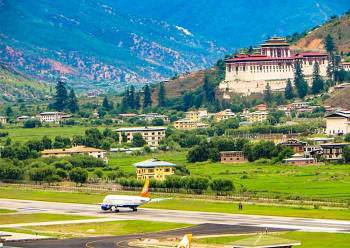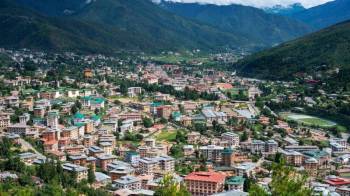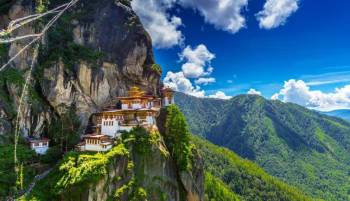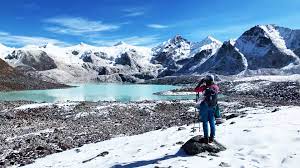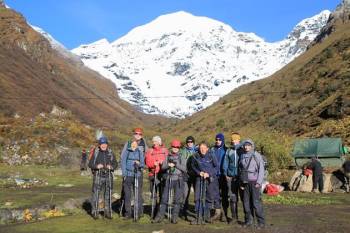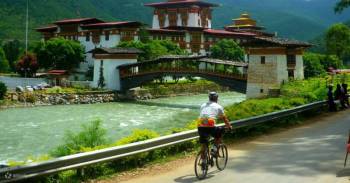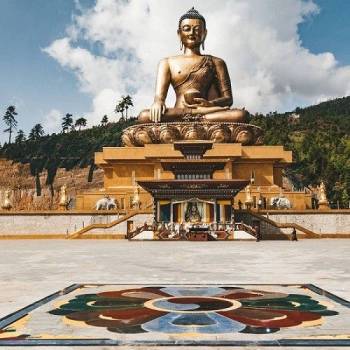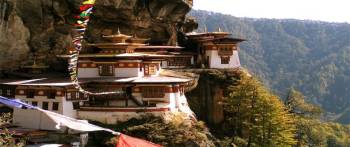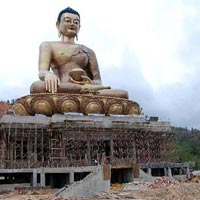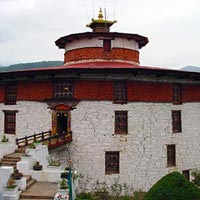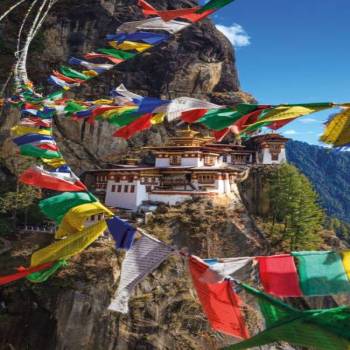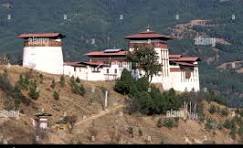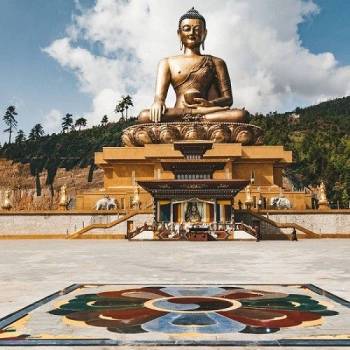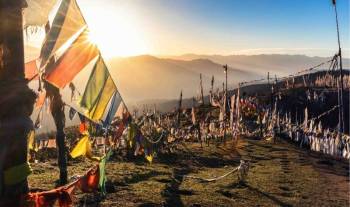- Thimphu
- +975-77337799
6 Nights - 7 Days River Rafting Bhutan Tour
Duration : 6 Nights / 7 Days
Destination Covered : Paro, Thimphu, Punakha
Tour Activities : River Rafting, Trekking, Museums, Sightseeing
Tour Themes : Hill Stations & Valleys, Religious & Pilgrimage, Culture & Heritage
USD 550
Per Person
Paro, Thimphu and Punakha Tour Overview
The country which prides itself because of it’s Gross Happiness Index rightly has enough reasons to keep its citizens as well as the tourists happy. Featuring undulating topography, the little Himalayan nation is famous for its extremely high altitudes and precipitous mountains and pristine nature. With a number of rugged, untamed rivers meandering through its map, Bhutan offers the perfect destination for river rafting. Mo Chhu, Paro Chhu in Punakha, Sankosh River, Mangde Chhu, Wang Chhu, Puna Tsang Chhu and the Dangme Chhu are considered to be the best for rafting due to their easy access and safe course.
Paro, Thimphu and Punakha Tour Itinerary
The first stop on the drive is to view the beautiful Tachocho Lhakhang (monastery), the hereditary place of worship for Bhutan’s Iron Bridge Builder. The drive follows the course of the Paro Chu until Chuzom where it joins the Wangchu River flowing from Thimphu valley. You cross the bridge and follow the Wangchu to the nation’s capital. Along the way you will come across farms, village homes and highway stalls selling organic vegetables and fruits as well as hardened cheese, the Bhutanese candy that can give you a prominent jaw line.
In the evening, stroll through the small and unique capital of Thimphu and experience its colours and rhythms.
In the afternoon, you visit Changangkha Lhakhang, a fortress likes temple, perched on a ridge above Thimphu and the place from where the people in valley get their names from; Takin Preserve to see the Bhutan’s national animal which is associated with the country’s religious history and mythology; and Buddha point to see the 138.6 foot-high seated Shakyamuni Buddha statue. Buddha point offers a bird’s eye view of Thimphu valley.
Then you visit Tashichho Dzong or “the fortress of the glorious religion” which houses offices of the central government and the throne room of His Majesty the King. It is also the summer residence of Je Khenpo or Chief Abbot.
The pass is also home to the 108 Druk Wangyal Chortens or stupas built by the eldest Queen Mother. From Dochula, you descend a winding road through lush forests of oak, fir, spurs, and rhododendron to the fertile valley of Punakha.
Option I: Upper Pho Chhu
Location: Punakha valley, Western/Central Bhutan
From/To: Wangthangka (a two-hour trek from the end of the road) – Samdingkha
Length: Approximately 7 km, 2 hours with scouting
Difficulty: Class III-IV Flow: 2000 -3000 cfs
Season: Mar/Apr, Oct/Nov. High water in this section will make this run very difficult.
Craft: Kayaks and Rafts.
Description:
The upper Pho Chhu is a great paddle through an open valley and worth the walking time to get there. There are a few good class IV rapids at the top, full of big boulders and big water moves. There is a good put in, just above the footbridge at Wangthangkha.
Immediately below the put in, the first class IV rapid can be scouted from the left. After this, we go around the comer and under the footbridge and scout the next class IV from the left. From here most of the rapids are boat scoutable, as the river eases up a bit, and there are lots of big, bouncy class III rapids and a few boulder gardens. Take out at the footbridge at Samdingkha, or continue another 7 km down to Punakha.
Option II: Lower Pho Chhu
Location: Punakha Valley, Western/Central Bhutan
From/To: Samdingkha – Punakha (directly below the Mo Chhu confluence)
Length: 7km, 1.5 hours
Difficulty: Class III with one IV at the bottom Flow: 2000 -3000 cfs
Mar/Apr, Oct/Nov. should be runnable at high water.
Craft: Kayaks and Rafts.
Description: The lower Pho Chhu is much easier than the upper section, with plenty of class III and a good class IV finale. This is currently the most popular rafting tour, since it is not too difficult and a beautiful half-day raft trip. From Samdingkha, the river meanders through a wide-open valley, full of rice fields and farmhouses. About 4 kilometers down is Strainers Paradise, a class III boulder choke. From here, there are some nice wave trains until the grand finale. Right below Bhutan’s longest footbridge is Wrathful Buddha, a class IV. Take out is right after the confluence with Mo Chhu, next to the impressive Punakha Dzong.
Option III: Mo Chhu – Tashithang Devil’s Gorge Section
Location: Punakha Valley, Western/Central Bhutan
From/To: Tashitang (end of the road, about 2-hour’s drive from Punakha) – Punakha Dzong (directly below the Pho Chhu confluence)
Length: 12 km, 5 -7 hours with scouting
Difficulty: Class V Flow: 1000 cfs, Feb/Dec. Higher than medium flows will make this run dangerous. A high water run is not recommended.
Craft: Kayaks only, this is much too difficult and steep for a raft.
Description: The upper Mo Chhu from Tashithang has lots of class V, with a gradient of about 300 feet per mile. There is a short stretch of flat water about six kilometers down, the end of which marks the start of the Devil’s Gorge, a step up from the whitewater above. There is little access to the road, so paddlers attempting this section of river should be ready to commit to the whole thing. For those, not wanting to bite off such a big chunk of hard whitewater, check out the alternative put in for the upper stretch, described below (Mo Chhu – Upper Run).
Option IV: Mo Chhu – Upper Run
Location: Punakha Valley, Western/Central Bhutan
From/To: 14 km above Punakha – Sonam’s Put In Length: 3 km, 1.5 hours with scouting Difficulty: Class IV -V Flow: 1500 – 2000 cfs, Mar/Apr, Nov/Dec
Craft: Kayaks only, too difficult for a raft.
Description: From this put in the gradient reduces slightly, although the rapids are still continuous class IV with several class Vs, which may need scouting. At the put in, the first rapid, Whiplash, can be scouted from river left. After Whiplash, the river continues to drop away in horizon line after horizon line. After about two kilometers, there is a short piece of flat water, recognizable because it is the only flat water on this section. This marks the start of a long, two-part class V rapid called Paula Jones. About one kilometer of class IV remains after Paula Jones, and the section ends with Baba Raj, a class IV that can be scouted from the left. Take out here, or continue downstream.
In the afternoon, visit Drugyel Dzong, the fort that defended the Paro valley from invasions from the north in the early 17thcentury. On a clear day, you can see Mount Jhomolhari 7314 meters from here. You can either drive to Drugyel Dzong (14 kms) or cycle there following the highway.
Later, visit the auspicious Kyichu Lhakhang, built in 659 A.D by the Tibetan king Songtsen Gempo. This is one of the 108 monasteries built across the Himalayan region by the Tibetan King to subdue the Demoness that lay across the Himalayan region. The rest of the monasteries lie in other neighboring countries.
More Details about Paro, Thimphu and Punakha Tour
Inclusions
- MAP (Room + Breakfast + Lunch/Dinner)
- Hotel
- Flights
- Sightseeing
- Pickup-Drop
- Private Guide
- Sim Card
- Welcome Drink
- Accommodation
- Mineral Water
- Visa Services
- Veg & Non Veg Meals
- Accomodation 3 Star Hotel
- All Meals
- Private Transportation
- Private Luxury Vehicle
- National Dress in the end of Tour
- Mineral Water
- License Guide
- Sustainable Development Fee
- Bhutan VISA Fee
Exclusions
- Any Personal Expense
- International Airfare
- Tips or Gratitude
Payments Terms
- * 20% Advance Percentage of total booking amount
Price & Rates
| No of pax | Age Limit | Price per pax (Rs) |
|---|---|---|
| No of pax Adult | Age Limit Above 12 years | Price per pax (Rs) $ 550 / Adult ( With Tax ) |
Accommodation
| City | Hotel Name | Star Rating |
|---|---|---|
| City paro | Hotel Name Nirvana inn hotel | Star Rating 3 |
| City Thimphu | Hotel Name khamsum inn | Star Rating 3 |
| City Punakha | Hotel Name White Dragon hotel | Star Rating 3 |
Cancellation & Refund Policy
- * Upon cancellation, refund will be made after deducting the Retention Amount.

